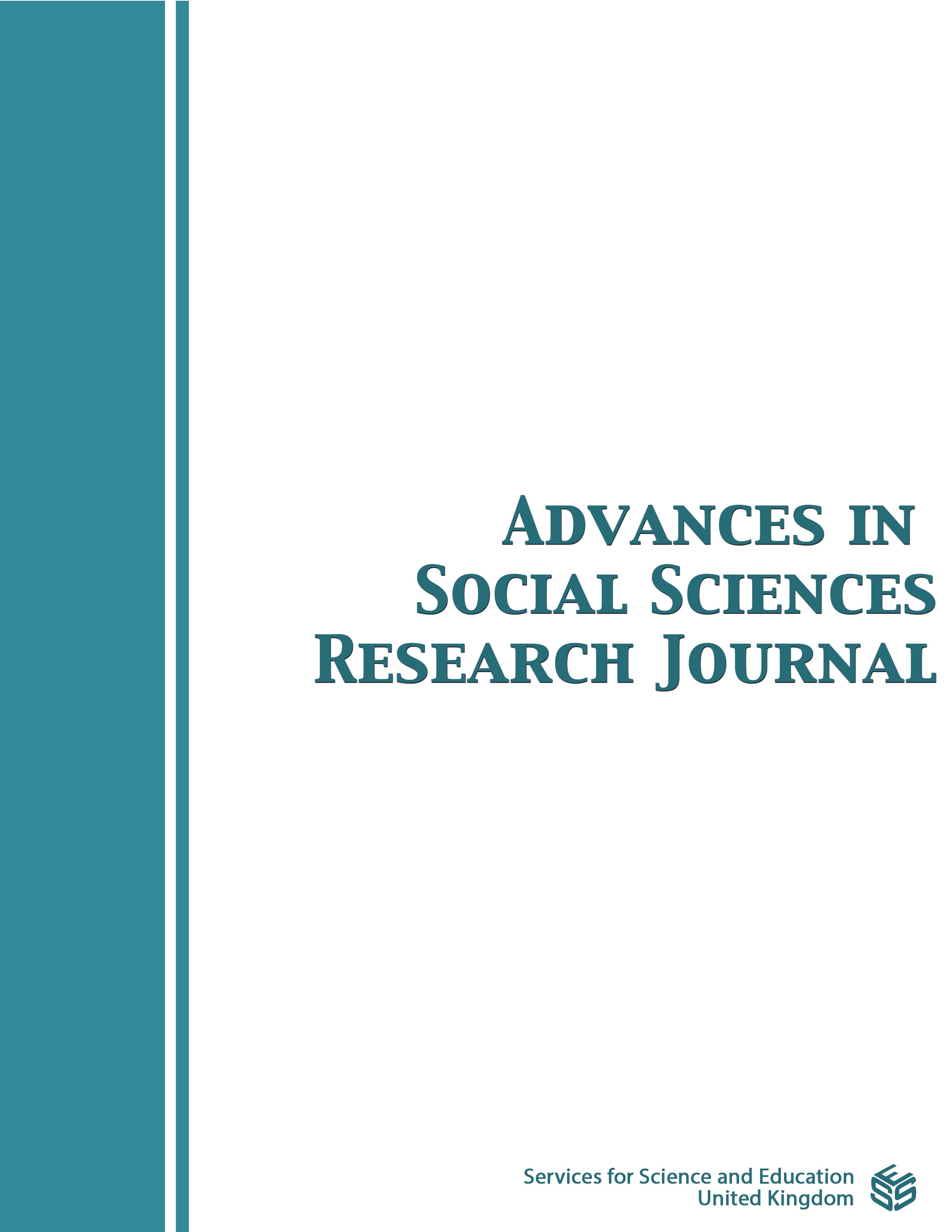Stress Response Profiles and Physical Aggression in Early Childhood
DOI:
https://doi.org/10.14738/assrj.118.17506Keywords:
adaptive calibration model, autonomic nervous system, hypothalamic pituitary adrenal axis, latent profile analysis, physical aggressionAbstract
This study examined the applicability of the four stress response patterns proposed by the Adaptive Calibration Model (ACM; Del Giudice et al., 2011) in 12-month-old children (N = 214; 116 boys) and their associations with physical aggression at 12, 20, and 30 months of age. Salivary alpha-amylase (sAA) and pre-ejection period (PEP) served as indices of the sympathetic nervous system, respiratory sinus arrhythmia as an index of the parasympathetic nervous system, salivary cortisol as an index of the hypothalamic-pituitary-adrenal axis, and heart rate as a measure of overall autonomic nervous system activity. A fear challenge was administered at 12 months to measure baseline, response, and recovery levels of the stress systems, while maternal reports were used to evaluate physical aggression at the various time points. Through latent profile analysis, three stress response profiles were identified: (1) ANS Responders, (2) Moderate Responders (across all stress systems), and (3) Hormonal Responders. Despite some deviations, each profile could be associated with a corresponding ACM stress response pattern, primarily due to the inclusion of both sAA and PEP as measures of sympathetic activity. At 12 months, ANS Responders showed higher levels of physical aggression, whereas Hormonal Responders exhibited higher levels of physical aggression at 20 months. The findings confirm that differences in stress response patterns can be observed as early as 12 months of age. Moreover, this study emphasizes the importance of using multiple indices of stress responsivity to identify such distinct patterns. Finally, stress response profiles that differ from the most common (moderate) profile, are associated (albeit not consistently) with higher levels of physical aggression at different ages during early childhood.
Downloads
Published
How to Cite
Issue
Section
License
Copyright (c) 2024 Elja E. J. Meijer, Stephan C. J. Huijbregts, Stephanie H. M. Van Goozen, Hanna Swaab

This work is licensed under a Creative Commons Attribution 4.0 International License.
Authors wishing to include figures, tables, or text passages that have already been published elsewhere are required to obtain permission from the copyright owner(s) for both the print and online format and to include evidence that such permission has been granted when submitting their papers. Any material received without such evidence will be assumed to originate from the authors.






